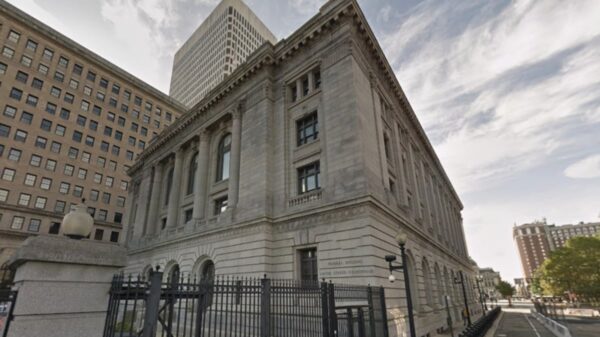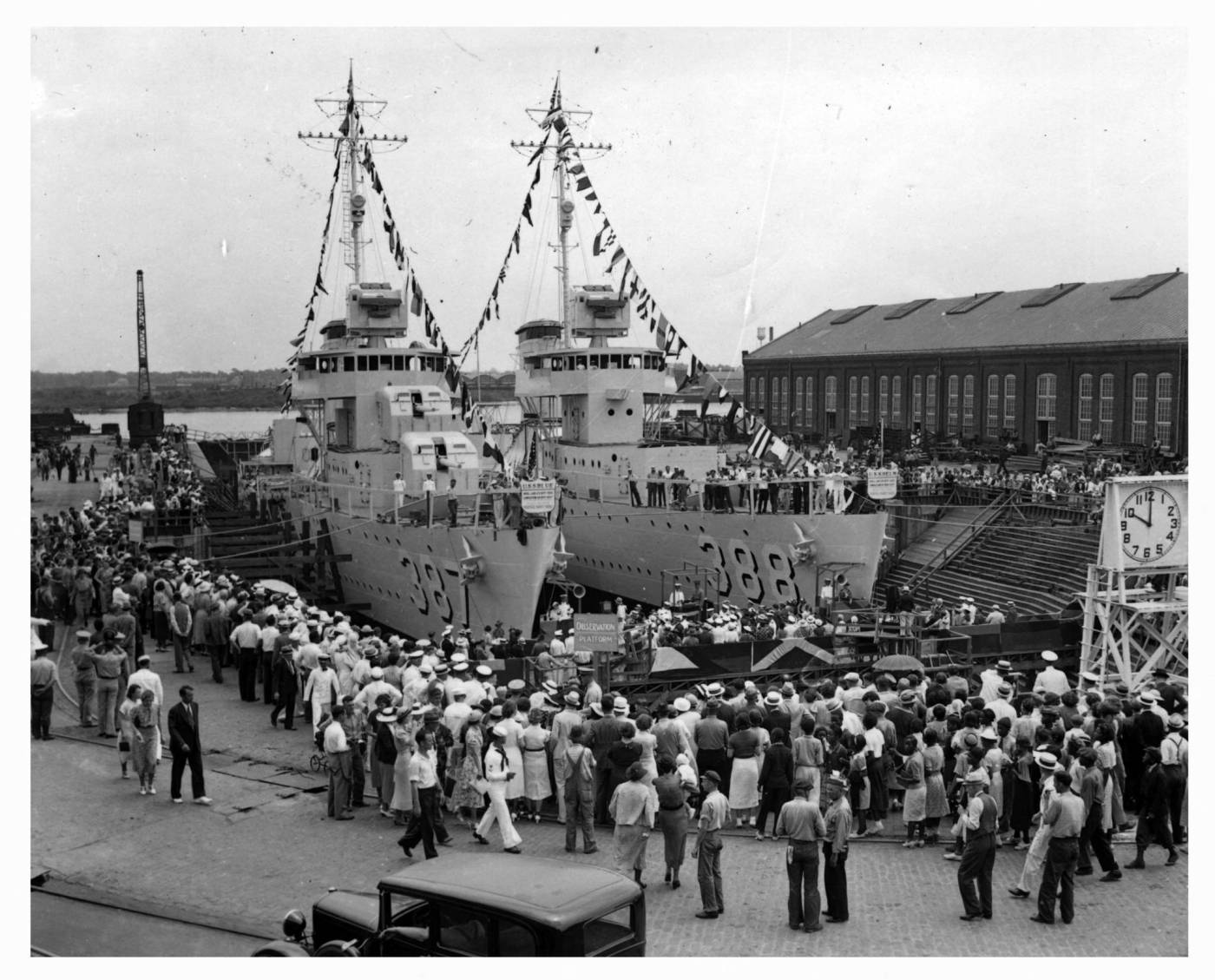Navy Secretary John Phelan recently cancelled an agreement with the District of Columbia that aimed to facilitate a land swap for a new Navy Museum location. The proposed site was intended to be more publicly accessible, situated near its current position behind the restricted walls of the Navy Yard. In light of this development, there is a strong case for relocating the Navy Museum to Norfolk, Virginia, a city with deep historical ties to the U.S. Navy.
Norfolk has served as a cornerstone of naval history for over two centuries. The connection began in 1797 with shipbuilding at the Gosport Shipyard, now known as the Norfolk Naval Shipyard in Portsmouth. This site was responsible for constructing one of the first six frigates authorized by President George Washington — the USS Chesapeake. During the Civil War, Confederate forces famously transformed the sunken USS Merrimac into the ironclad CSS Virginia, which engaged in a historic battle against the federal ironclad USS Monitor in Hampton Roads. This conflict marked the transition from sail to steel in naval warfare.
The significance of Norfolk continued into the 20th century. In 1907, President Theodore Roosevelt launched the Great White Fleet from these waters, showcasing American naval power across the globe. Fourteen months later, the fleet returned to Norfolk, highlighting the city’s strategic importance. In 1910, civilian pilot Eugene Ely made history by flying an aircraft off the cruiser USS Birmingham’s makeshift flight deck, marking the dawn of naval aviation.
World War I saw the establishment of the Navy Operating Base at Sewell’s Point, a site chosen for its logistical advantages. The influx of personnel during World War II transformed Norfolk into a bustling hub, necessitating extensive housing developments. Today, Naval Station Norfolk stands as the largest naval installation worldwide, solidifying the city’s status as the quintessential Navy town.
Bringing the Navy Museum to Norfolk would not only honor this rich legacy but would also drive significant tourism. Veterans and their families from across the nation would likely visit a fully accessible Navy Museum, especially when paired with other historical attractions such as Nauticus, the battleship USS Wisconsin, and the MacArthur Memorial. The adage, “If we build it, they will come,” resonates strongly in this context.
One potential challenge in relocating the museum is Norfolk’s vulnerability to sea-level rise. A comprehensive mitigation plan would need to be developed to ensure the museum is housed in a flood-resistant structure capable of preserving over 250 years of Navy artifacts. This plan could align with the city’s current resilience strategies, and tourism taxes may provide necessary funding.
Since 2023, Norfolk has owned the MacArthur Center and its adjacent 26 acres, which could serve as an ideal location for the museum. Establishing the Navy Museum here would not only be an economic boon but would also enhance Norfolk’s reputation as a destination for history enthusiasts.
Opportunities to undertake such significant projects are rare, requiring vision, leadership, and a commitment from public officials at both the state and city levels. The historical significance of Norfolk cannot be overstated. On January 1, 1776, the city faced a devastating fire, instigated by British troops during the Revolutionary War. This event marked a turning point, as Norfolk emerged from the ashes, embodying resilience and determination.
As the United States approaches its 250th anniversary, it is time to consider relocating the Navy Museum to Norfolk. This move would not only celebrate the city’s storied past but also ensure that future generations can appreciate the vital role of the U.S. Navy in American history.








































































